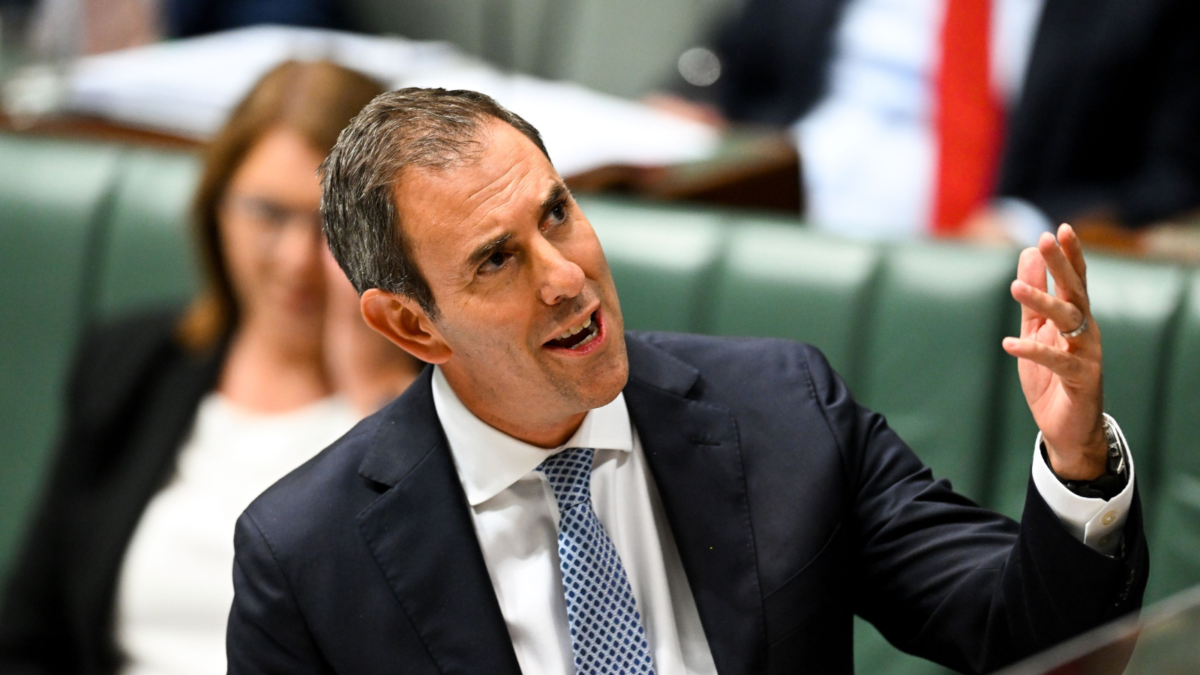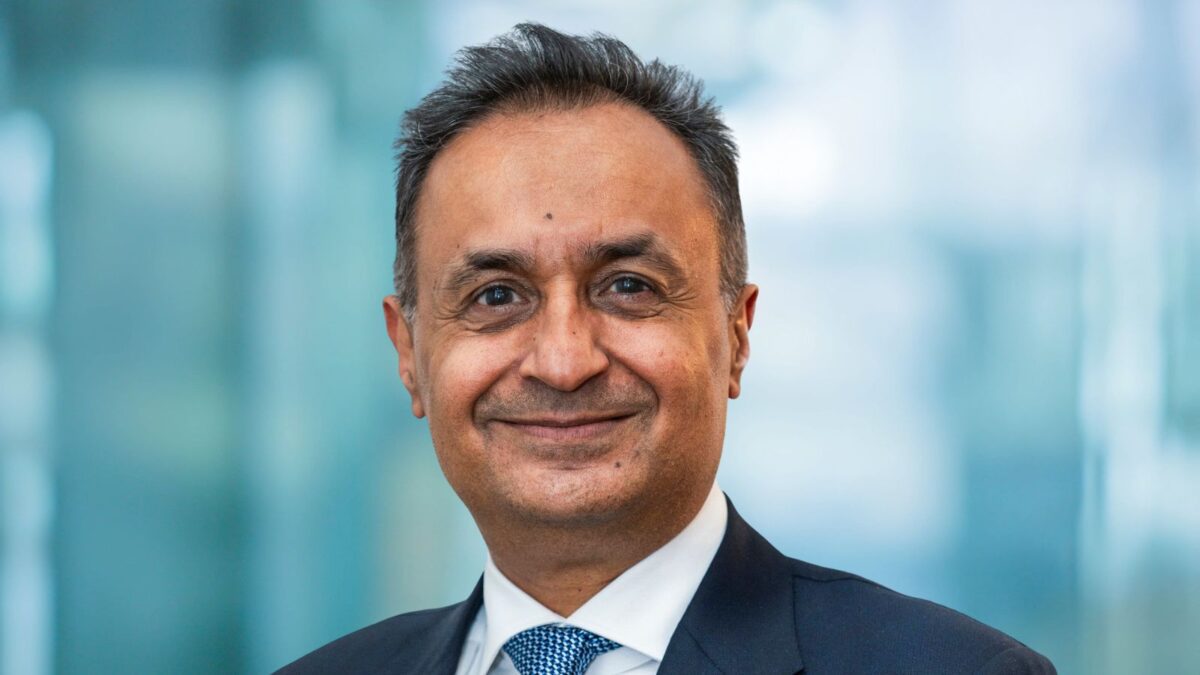Why super mergers are like marriages
The first thing funds usually consider in a merger is cost to member – but that won’t necessarily be what leaves them better off. The trick is getting the alignment right.
According to David Carruthers, senior consultant and head of the members solutions group at Frontier, the top priority for any fund considering a merger is “really simple.”
“Will members be better off after the merger?”
Which would hopefully be a no-brainer. But the things that super funds say would leave them better off – namely lower fees – aren’t always as important as they think. Certainly the combined entity is cheaper, and that’s a good outcome for members (if it doesn’t hinder investment performance; “There’s no point being cheap if you’re crap” should be a common refrain going forward) – but “an extra $50 per annum over your lifetime is really probably not going to change your retirement outcome.”
“What we would look at and try and get some understanding of is, can the combined entity – and we talk about investment resources and lots of their things – actually get a performance that is better in the future than both of these funds together?” Carruthers told Frontier’s annual conference.
But before you can do that, you have to actually be able to pull the merger off – and to do that, you need to have alignment of organisational culture and values. But there’s no “hard and fast rule” on what that looks like. MTAA and Tasplan had, from the outside, a wildly successful merger, coming together as Spirit Super despite their vastly different member bases.
“It wouldn’t have been two funds that you’d think would go together,” Carruthers said. “A fund from the motor industry based in Canberra, with a Tasmanian, probably largely white-collar background fund… it’s key to get the alignment between the organisations rather than the alignment between the industries.”
And then there’s the investments. Some options will have to be chopped and changed to meet the different investment needs of different members when there’s no comparable option, while others might be subscale (an issue within that is whether to wind it up or create a new option within the merged entity). But the ultimate question to be answered is:
“Can it combine the resources of two sets of investment teams and end up in a better position going forward than either Fund A or Fund B was in the past?” Carruthers said.
“If you can’t go through that – and you can’t convince yourselves that the member will be better off from this – than it’s hard to say that the merger should happen. If you can’t answer this question, and you haven’t done the work on this, then it’s really difficult for the merger to go ahead,” Carruthers said.
To Carruthers’s mind, there’s four type of mergers: mergers of equals, usually between funds that sit around the same FUM (i.e. QSuper and Sunsuper); takeovers, which see a larger fund swallow up a smaller one, and which Carruthers anticipates will increase; consolidation, which is particularly strong in the retail space as funds merge “ugly old brands” with new ones; and regulator-enforced mergers, where APRA has warned underperformers to merge or die. Of course, the question that’s yet to be answered by the regulators is why anybody would consider merging with an underperformer – though Carruthers doesn’t believe that’s as much of an obstacle as some think.
“I don’t think a failure of the test makes a fund unattractive; it might make them slightly less attractive, but I don’t think it makes them unattractive. We’ve seen already – and this predates the actual pass and fail – that AustralianSuper and LUCRF are in discussions. So we’ll see how that rolls through.”
But Carruthers, paraphrasing Simon Sinek, says:
“Mergers are like marriages. You wouldn’t marry someone for the “operational efficiencies” they offer in the running of a household.”











